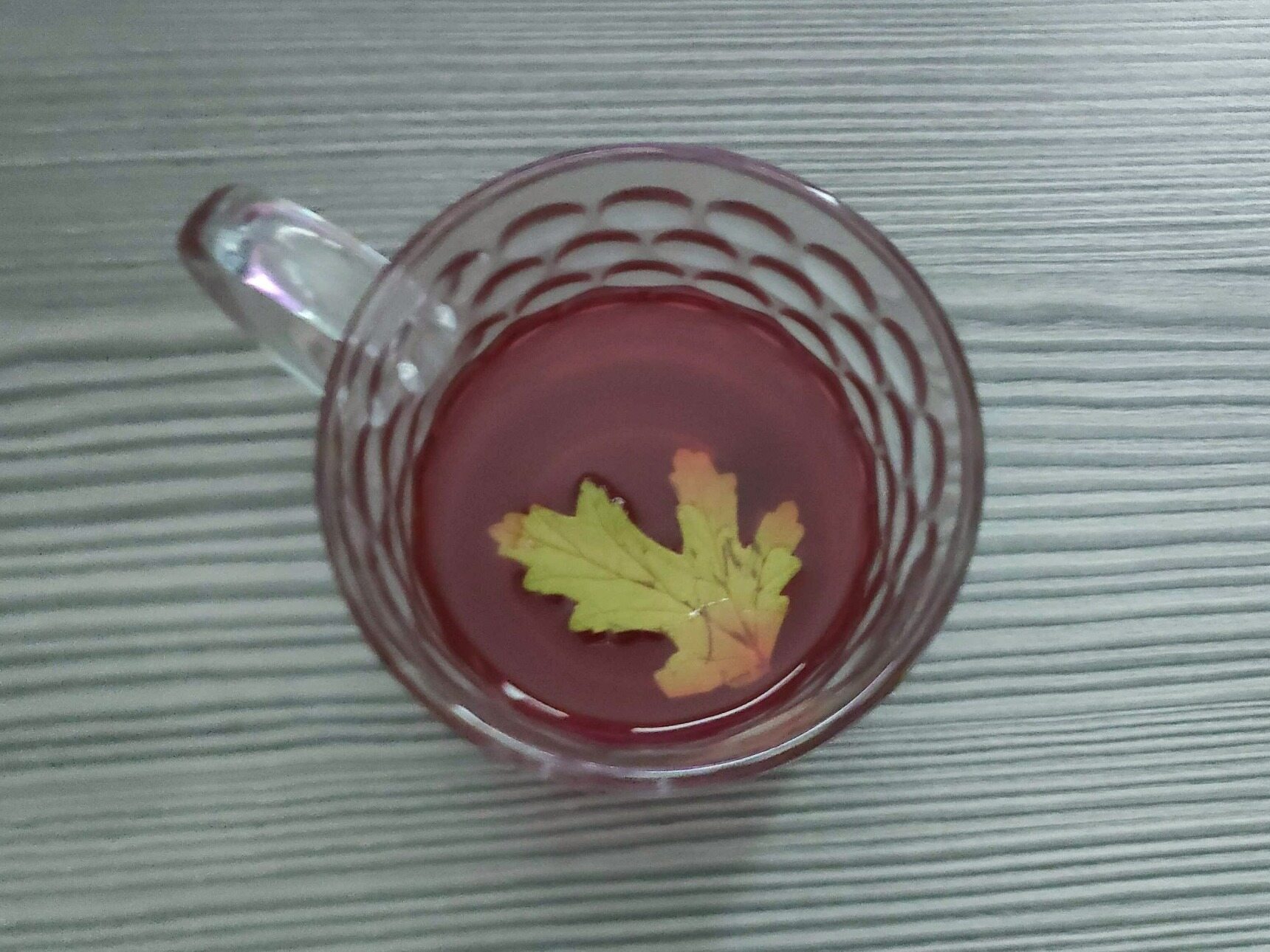I added geranium leaves to my menu. The effect surprised me

Geranium (also known as scented geranium, geranium or geranium) has been in my home for a very long time, but only some time ago I discovered its culinary use. Although I must admit that initially the idea of including this plant in the menu seemed quite crazy to me, I took the risk and I don’t regret it. The effect exceeded my wildest expectations.
So far, the angina has served mainly a decorative function in my home. I also used it to treat ailments related to ear infections and insect bites. Perfectly relieves pain. It also has antibacterial properties. However, it never occurred to me to use geranium in my diet. By the time.
Why did I decide to include angina in my diet?
I like experimenting in the kitchen. Discover new flavors and look for unique solutions. I have read a lot about the health-promoting properties of geranium. I found out for myself that a plant used externally can work real miracles. I started to wonder how angina affects the body from the inside. Does it bring equally “saving” effects? Or maybe it’s just an artificially inflated “bubble”? After looking at a few recipes, I decided to try it. First, however, I had to make sure that the plant I kept on the windowsill was actually suitable for consumption.
What geraniums can you eat?
Many varieties of geranium are suitable for consumption, but the best for cooking is the scented geranium, which has a pleasant lemon scent. This exact plant decorates the space of my apartment. It has green leaves with irregular shapes and jagged, serrated edges. Their surface is covered with small hairs. They are responsible for the release of the aroma, which is the “hallmark” of the plant. The angina can reach up to one meter in height. Of course, it all depends on how you care for the plant (frequency of watering, fertilization, etc.).
What are the benefits of eating angina?
Angina leaves contain large amounts of flavonoids, tannins, geraniol and organic acids. These compounds neutralize the harmful effects of free radicals on the body, and thus delay the aging processes of cells. In addition, they lower blood pressure and make the walls of blood vessels more elastic. As a result, they reduce the risk of varicose veins developing in the legs or anus. They protect against atherosclerosis and cardiovascular diseases.
What benefits did I gain from including geranium in my diet? First of all, it strengthened my immunity. I have a great tendency to “catch” various types of infections, but since strep throat has become a part of my diet, I get sick less often. Of course, this is certainly not due to the geranium itself, but also to many other changes that I have introduced into my life. However, I believe that the scented geranium played a significant role in this.
Strengthening your immunity is not the only benefit of including angina in your daily diet. I noticed another interesting relationship that surprised me. Drinking geranium-based drinks can affect your mood – stimulate you to action or calm you down. The relaxing effect occurred when I drank a warm drink shortly before falling asleep. In turn, the cold “mixture” is great for refreshment and energy. In addition, it freshens your breath. It tastes like lemonade.
How did I use angina in my kitchen?
Anginka can be an ingredient of many different dishes – both desserts and savory dishes. I add it to salads prepared with chicken and vegetables. It can successfully replace lemon peel or lemon grass. Two or three (depending on size) finely chopped leaves are enough (I wash and dry them first) to give the whole thing an interesting, slightly citrus flavor and aroma.
I also often make infusions with geranium – hot or cold, depending on the weather outside and the time of day. In the fall and winter, I am more likely to reach for the first version. Preparing the drink takes me no more than 15-20 minutes. What exactly am I doing? The recipe is very simple. I take a few washed and dried leaves of fragrant geranium and pour warm (but not boiling) water over them. I brew it covered for about fifteen minutes and drink it in small sips. Sometimes I add a teaspoon of grated ginger or a cinnamon stick to the drink (to enhance its anti-inflammatory and antibacterial properties). If I don’t have much time (every minute counts in the morning), I brew plain black tea and add an angina leaf to it when it cools down a bit.
I also sometimes prepare a geranium-based tincture. I take two handfuls of the leaves of the plant. I wash them, dry them, cut them into smaller pieces, then put them in a clean jar and pour high-proof alcohol (2-3 glasses of vodka). Then I put it in a dark and cool place for 2-3 weeks. After this time, I strain the resulting drink and pour it into dark bottles. During periods of severe colds, I add two or three drops to tea. Remember that this recipe is for adults only.
Do I recommend angina for eating?
I think that angina works great as an ingredient in salads or as a base for preparing infusions or syrups. I like geranium for its citrus flavor and aroma. Brings back nice memories from my childhood. Moreover, it is wonderfully refreshing. Of course, you should not exaggerate with the amount of this plant in your diet (moderation is advisable in everything). However, it is worth experimenting in the kitchen and sometimes giving up on following the beaten culinary trails. Such “deviation from the path” often pays off.






